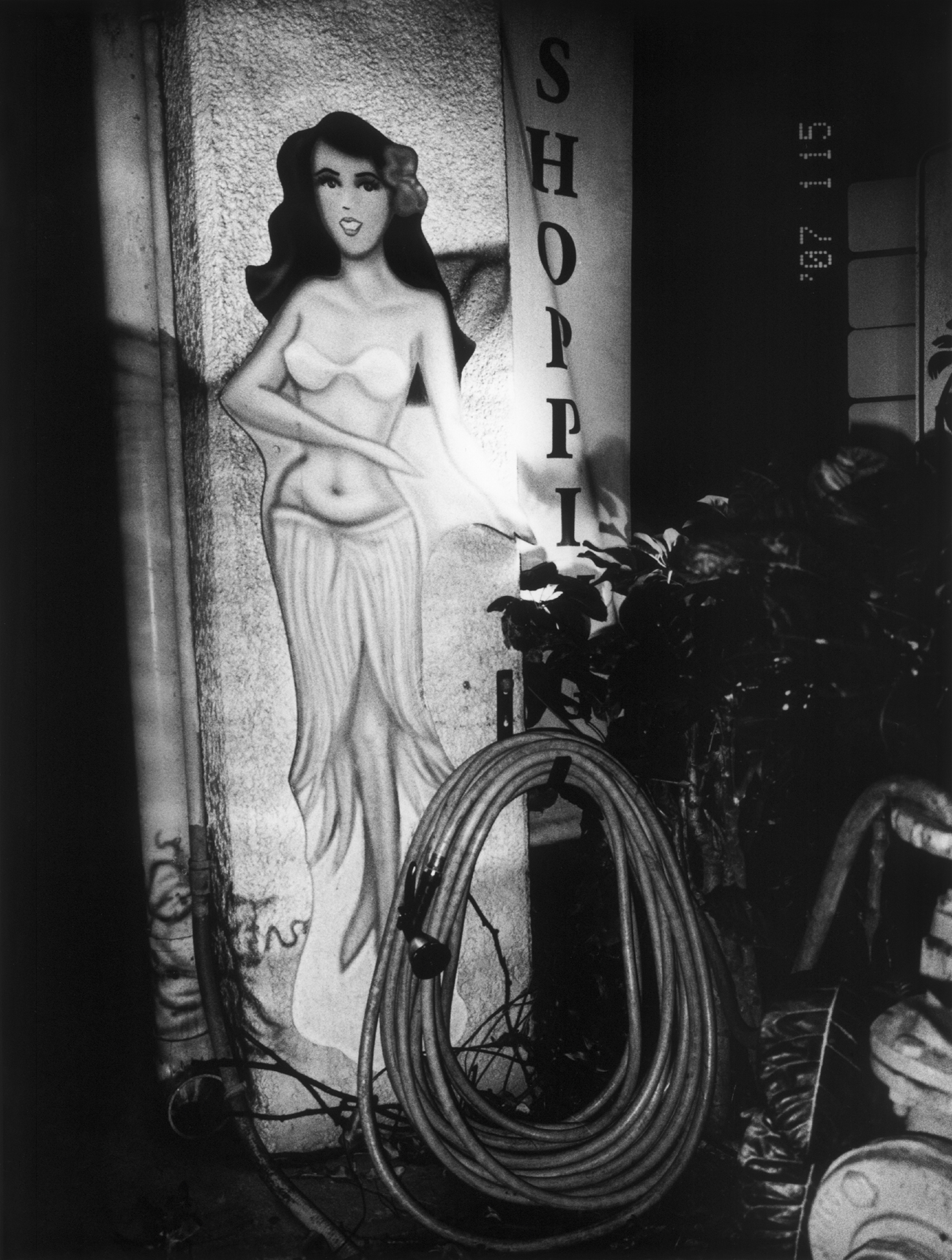Purple Magazine
— F/W 2010 issue 14
Daido Moriyama
 Portrait by Chikashi Suzuki. Courtesy of the artist, Luhring Augustine, New York, Getsuyosha, Tokyo and Taka Ishii Gallery, Tokyo
Portrait by Chikashi Suzuki. Courtesy of the artist, Luhring Augustine, New York, Getsuyosha, Tokyo and Taka Ishii Gallery, Tokyo
interview by FUMIHIRO HAYASHI
portrait by CHIKASHI SUZUKI
Everyone’s familiar with Araki’s work, but true fans of Japanese photography also love the black-and-white photographic sensuality of DAIDO MORIYAMA, one of the most secretive artists of Tokyo’s avant-garde. Moriyama’s images of street life, particularly those of the seedy Shinjuku area of Tokyo, are the work of a master of pictorial improvisation and sensitive focus. Moriyama is now a cult artist, but his obsession for street snapshots began back in the ’60s, making it decades now that he’s been influencing photography — using the same old Ricoh camera!
 Hawaii, 59.1 x 39.4 inches, 2007
Hawaii, 59.1 x 39.4 inches, 2007
FUMIHIRO HAYASHI — Your photography is now very popular internationally. How is it perceived outside of Japan,…